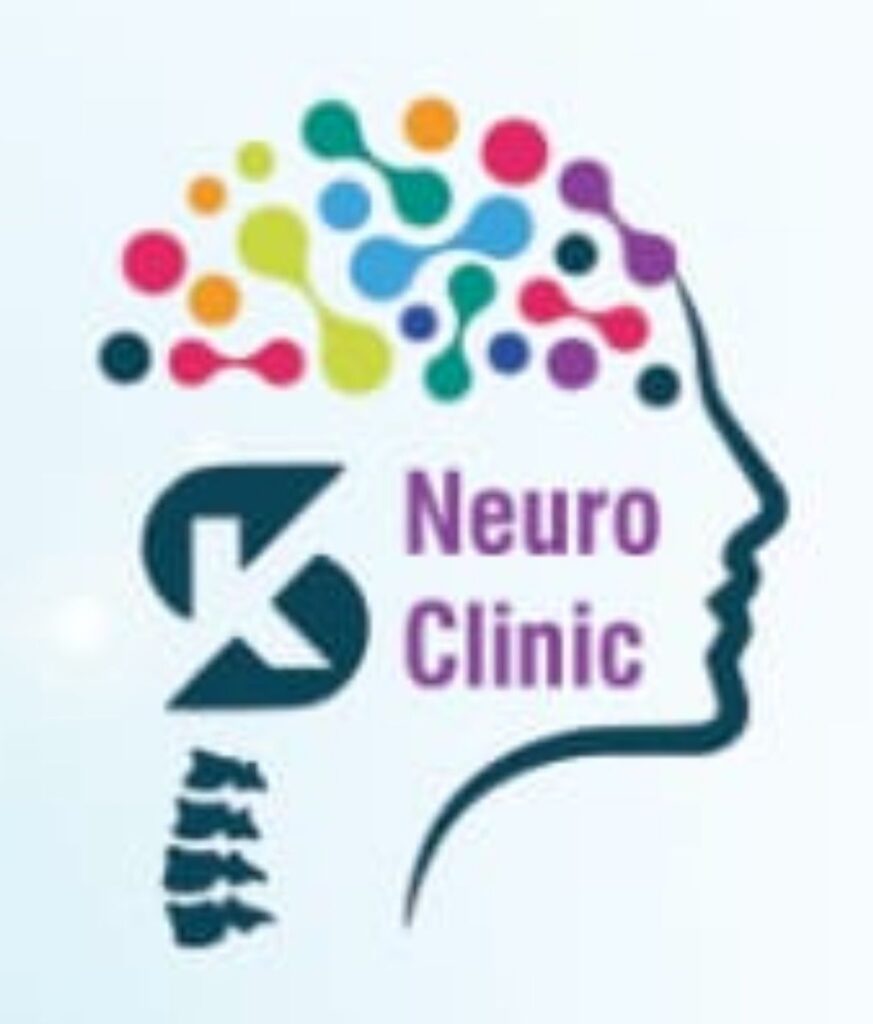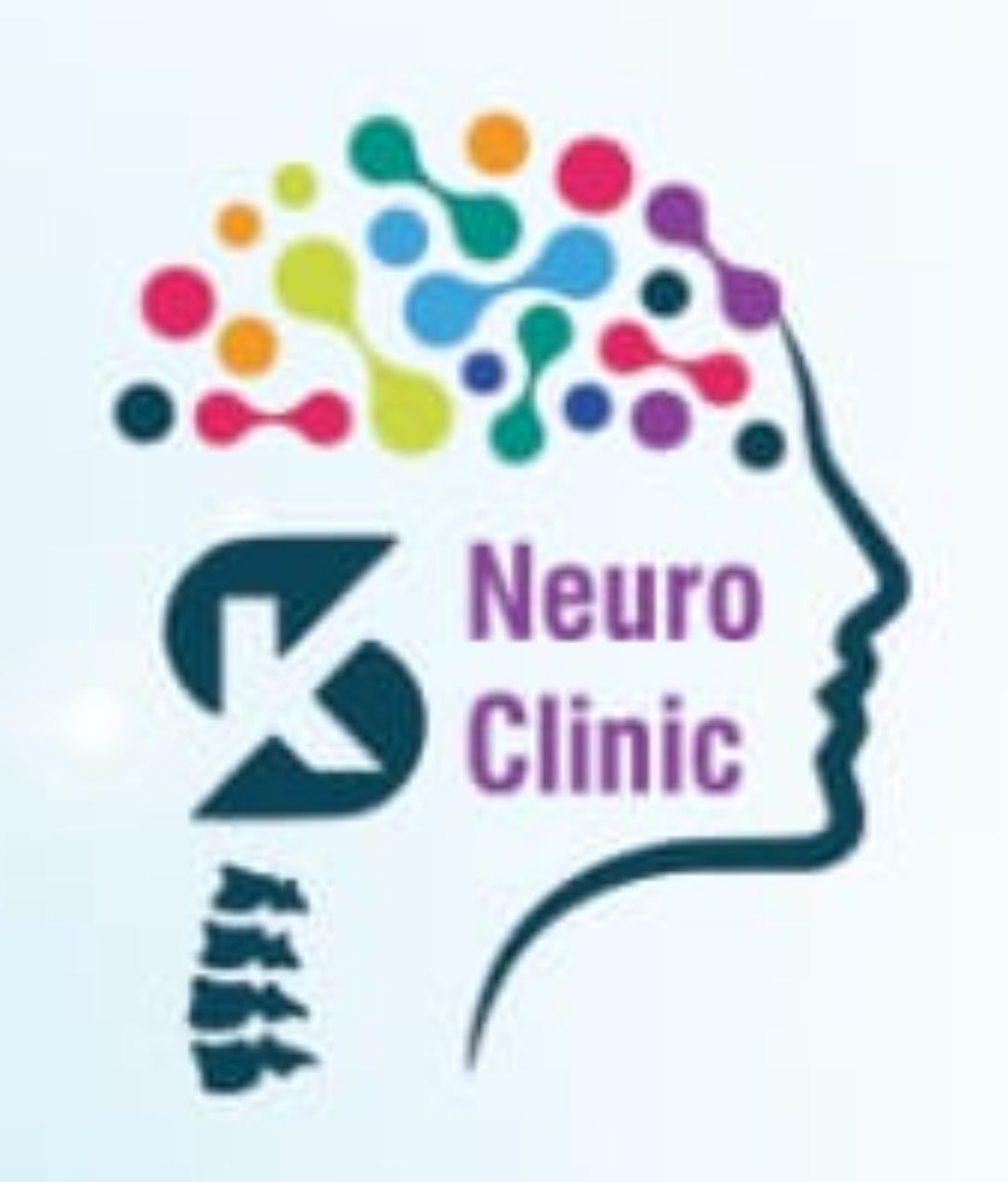Understanding Guillain-Barré Syndrome (GBS) is essential due to its impactful nature and the potential for full recovery with appropriate intervention. This condition affects many annually, with its causes, symptoms, and treatments evolving in the medical community. Comprehensive knowledge of this syndrome helps in reducing potential risks and optimizing treatment outcomes for those affected.
Introduction to Guillain-Barré Syndrome
Guillain-Barré Syndrome (GBS) is a rare, important health condition. People’s immune systems begin attacking healthy nerves in their bodies. This unexpected attack can cause muscle weakness and even paralysis. Recognizing rapid symptoms of GBS is vital as it needs immediate medical care. It’s a rare disease, but its effects are serious and urgent to address.
Awareness of Guillain-Barré Syndrome is crucial because early action is key. With prompt diagnosis and treatment, most individuals see an improved recovery outcome. GBS can suddenly appear without notice, making knowledge of its signs essential. Being alert about the warning signs helps ensure better recovery for those affected.
What is Guillain-Barré Syndrome?
Guillain-Barré Syndrome is when your immune system attacks nerves. This problem causes your nerves to get inflamed and damaged. You might feel weak or even find it hard to move around. Guillain-Barré Disorder often starts in the legs or the feet.
Guillain-Barré affects the nerve coverings called the myelin sheath. With damage, signals from nerves don’t move as they should. People with the syndrome may feel tingling in their body. The condition might slowly move upwards from your feet to your body.
Understanding the Causes and Triggers
In Guillain-Barré Syndrome, the immune system gets mixed up and attacks nerves. This misfire causes inflammation and damages the protective myelin around nerves. Though the cause isn’t clear, immune problems are central to Guillain-Barré Syndrome. After an infection or surgical procedure, the body’s defense goes haywire, mistaking myelin as a threat, leading to nerve issues.
Certain infections can kick-start symptoms in Guillain-Barré Syndrome. Respiratory illnesses or stomach infections often show up before any symptoms begin. Commonly, bacteria like Campylobacter that live in poorly cooked chicken are linked to this syndrome. Surgeries and other health conditions can also trigger the immune system in unexpected ways, complicating the balance between defenses and nerve health.
Symptoms and Initial Warning Signs
Tingling feelings in hands and feet might hint at Guillain-Barré Syndrome. These minor sensations can turn into noticeable muscle weakness over days. It’s important to see a doctor early to catch issues before they become severe. Guillain-Barré Illness can lead to big problems like trouble breathing if ignored.
Common signs of Gillian’s Barr Syndrome include:
- Pins-and-needles tingling in fingers and toes at first.
- Weak legs that might cause problems walking sometimes.
- Problems moving eyes or face, or troubles speaking clearly.
- Sometimes it gets tougher to chew food without difficulty. In bad cases, there can be paralysis or tough breathing ahead. Spotting these early is majorly important for good outcomes.
Diagnosing Guillain-Barré Syndrome
Diagnosing Guillain-Barre Syndrome means looking at patterns doctors see. A full patient history, along with specific tests, are all essential. Common tests include Electromyography (EMG), which checks nerve function and nerve conduction studies. They also do a spinal tap to look for changes in the fluid around the brain and spine. Getting an early diagnosis of GBS is really important. Understanding how GBS shows itself helps doctors catch it early enough.
Finding out someone has Guillain-Barre Disease quickly is crucial for effective treatment. Immediate action can stop symptoms from getting worse and help patients recover sooner. People diagnosed and treated early for GBS often have less severe symptoms. This highlights why quick diagnosis and starting treatment right away are important for managing GBS effectively.
Who is At Risk?
While Guillain-Barre Syndrome can strike any age, some groups are more targeted. Adults, especially older men, see a higher risk. Though it can occur in any group, showing how unpredictable it is.
Guillain-Barre strikes without warning, posing a big challenge in healthcare. It starts suddenly across different groups, making it hard to predict or manage risks. We need to be aware of Guillain-Barre’s signs to reduce its impact.
The Emotional and Psychological Effects
The emotional impact of Guillain Barre Syndrome often overwhelms both patients and relatives. Uncertainty about the future can increase worries, affecting everyone’s mental well-being greatly. Explore treatment that includes physical, emotional, and psychological care to support healing.
Relatives of G Barre Syndrome patients frequently wonder about effective support methods. Relatives can offer comfort by connecting with support groups locally or online. Involvement in these groups can offer encouragement through shared experiences and advice. Emotional resilience grows stronger when mental health is valued alongside physical healthcare for GBS Syndrome Disease.
Treatment Options for Guillain-Barré Syndrome
Guillain-Barré Syndrome (GBS), recognized for its quick onset, requires fast medical attention. Patients frequently need hospitalization to watch their vital and nerve function constantly. This constant monitoring spots any problems early, allowing for quick fixes and ensuring patient care.
Staying in a hospital guarantees issues like breathing troubles get addressed quickly. Using machines to help breathing might be necessary if things get worse. While GBS can be unpredictable, careful supervising greatly improves chances.
Main treatments for Guillain-Barré Syndrome include plasmapheresis and IVIG therapy. These aim to stop the immune system’s attack on nerves, easing symptoms and speeding up recovery.
- Plasmapheresis (Plasma Exchange): This means removing harmful antibodies from the blood, which lessens symptoms.
- Intravenous Immunoglobulin (IVIG): Uses good antibodies to stop harmful ones; it’s equally effective and simpler than plasmapheresis.
Supportive care is crucial, handling physical challenges and special needs like therapy:
- Pain Management: Using drugs helps control pain in the nerves.
- Nutrition Support: Some can’t swallow well, so nutrition help becomes essential.
- Physical and Occupational Therapy: Therapy keeps muscles strong and adapts abilities as recovery happens.
Traditional Indian and Modern Medical Approaches
In India, traditional approaches complement modern medicine, offering a more holistic outlook on managing Guillain-Barré syndrome. Ayurveda and yoga are often explored for supportive care in conjunction with standard medical treatments. Here’s a comparative glimpse:
- Ayurvedic Practices: Techniques like Basti (medicated enemas) and Panchakarma are seen as cleansing methods believed to balance the body’s energies. However, these should be pursued under professional guidance.
- Yoga and Meditation: Used for enhancing overall well-being, reducing stress, and improving physical mobility.
Modern medicine, with its evidence-based approaches like plasmapheresis and IVIG, remains the cornerstone of GBS disease treatment due to its effectiveness in halting disease progression.
In some cases, integrating both methods may offer comprehensive care, benefiting patients by addressing physical and emotional aspects. The limitations of traditional treatments mainly revolve around a lack of large-scale clinical evidence to support their efficacy as standalone therapies.
Living with Guillain-Barré Syndrome
Living with Guillain-Barré syndrome can change your day-to-day life significantly. It often involves facing hurdles like movement issues, maintaining independence, and adjusting your lifestyle. Adapting to these changes requires a detailed plan customized for your personal needs.
- Structured Rehabilitation Programs: These programs focus on rebuilding strength and function to foster independence.
- Assistive Devices: Equipment like wheelchairs or walkers might be needed temporarily for support.
Finding a balance between physical activity and rest is crucial for recovery. Patients are urged to have regular follow-up appointments to monitor progress and adjust therapies.
Preventing additional complications is vital when recovering from GB syndrome disease. Here are important steps for smooth recovery:
- Immunization: Vaccinations are crucial as infections could lead to relapses.
- Hygiene Practices: Good hygiene helps prevent infections, minimizing health risks.
- Routine Healthcare Visits: Regular check-ups allow early handling of any new symptoms or issues that may arise.
Journey of Recovery from Guillain-Barré Syndrome
The recovery path for Guillain-Barré syndrome differs for each person. Some folks recover pretty quickly, while others might need a longer time.
- Starting Steps to Recovery: You’ll start to regain strength and move better. This happens within weeks up to a few months for most.
- Ongoing Progress: For some, full recovery might take two years or so. Occasionally, there might be fatigue or minor muscle weakness that lingers.
Some might face lasting issues like weakness or numbness even long after the initial illness. Because of this, therapy and adjusting lifestyles can be very important.
Hearing stories of those who’ve beaten Guillain-Barré syndrome brings hope to many others. People who regain their strength and return to daily life inspire everyone around them.
Healthcare workers stress the need for well-rounded treatment plans. Mixing medical care alongside emotional support really makes a difference. New research on treatments is encouraging, reminding us that timely help can lead to successful recoveries for many patients.
Conclusion and Final Thoughts
Understanding Guillain-Barre Syndrome is key to managing the condition well. Getting a prompt diagnosis helps start effective treatment plans early on. Approaches like plasmapheresis or IVIG can make a big difference.
Statistics are promising, with 80% of patients recovering fully over time. This shows how effective timely and proper care can be.
If you notice symptoms of GBS or know someone who does, act quickly. Seek medical advice immediately because it greatly impacts recovery outcomes. Health professionals can offer crucial guidance and support through each step.
Connecting with support groups can provide reassurance and strength when facing challenges along the recovery journey. Building a supportive network is essential for maintaining hope and resilience during this time.
Get Expert Care for Guillain-Barré Syndrome at Neuro & Spine Center
Early diagnosis and prompt treatment are crucial for a full recovery from Guillain-Barré Syndrome. At Neuro & Spine Center, our experienced specialists provide advanced therapies like plasmapheresis and IVIG, combined with comprehensive rehabilitation and emotional support. Don’t wait—if you or a loved one experience symptoms, seek expert help today. Together, we can guide you towards strength, healing, and hope.
Neuro & Spine Center – Your Partner in Nervous System Health.



